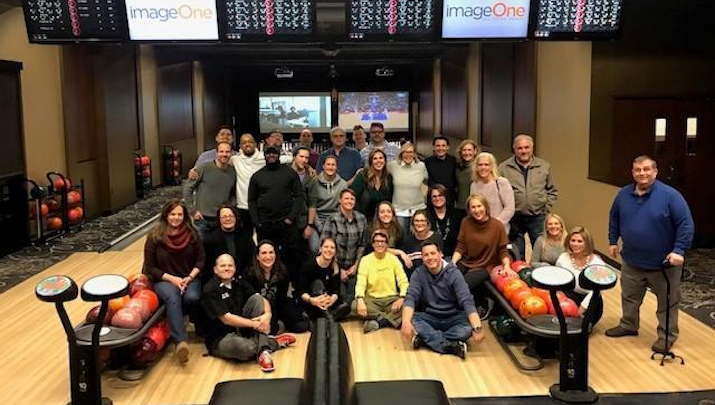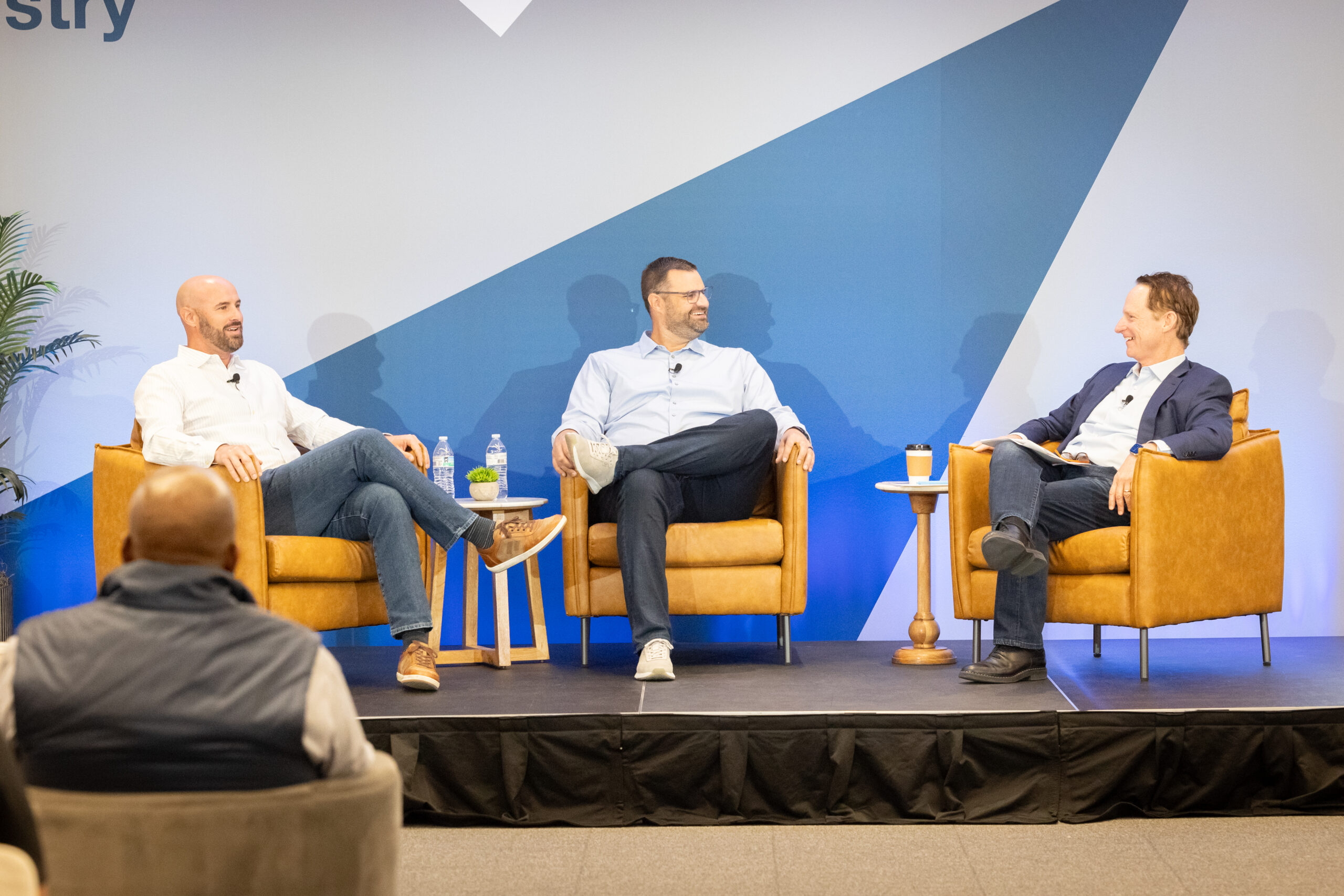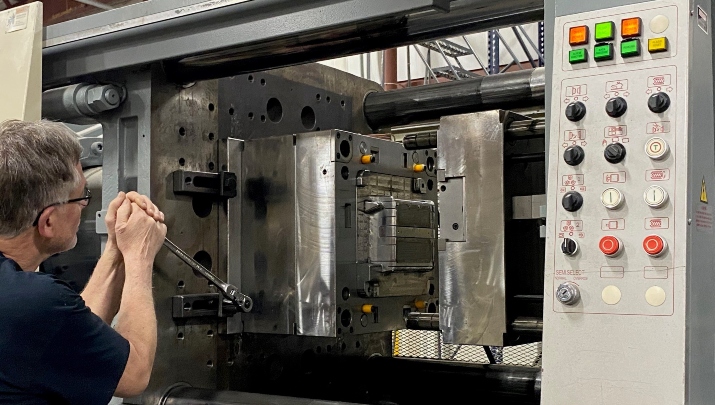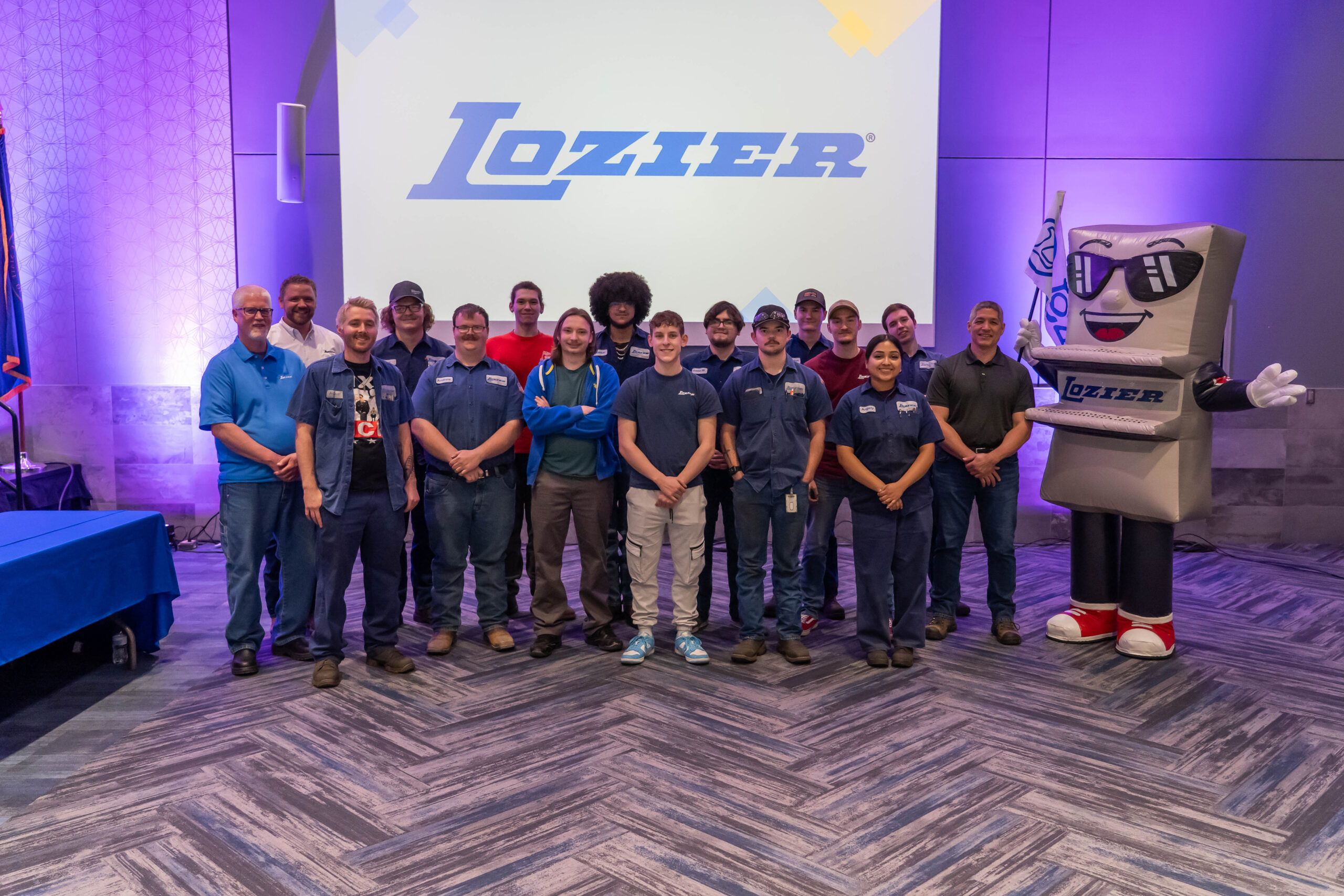

The Simple Six: Tools for Team Well-Being in an Uncertain Time
- Rob Dube
- imageOne
I remember exactly when I realized that the COVID-19 pandemic was going to have a significant impact on our business. It was March 12, 2020.
I live in downtown Detroit, and as I looked out the windows of my apartment that day, down onto the streets of the city, they were empty. There were no people walking to work in the surrounding offices, and there were no delivery trucks ferrying supplies to those offices. I’m not going to claim to be the smartest guy, but even I knew that we were going to suffer a direct hit.
Our Evergreen® company, imageOne, provides managed print services, document security, and document automation services—office equipment, supplies, and services. We were in the eye of the storm.
That same day, our leadership team gathered and started planning. For a good ten days, we modeled out worst-case to best case scenarios and decided to move ahead with the modifying our plan for the worst-case scenario. We gathered our entire team for an all-hands meeting, via Zoom, and presented the situation. Because we practice the Great Game of Business and operate with full financial transparency, we were able to share the scenarios with the team and say, “You can see the math; this is just a math problem.” Then, we asked everyone to take time to consider their personal financial situation and to ideate in teams and get creative to help solve the problem.
Several days later, we came back together and committed to a plan: We would stay together, with a compensation cut across the board, and would implement financial metrics that would allow us to plan our way through this challenge, and, ideally, back to 100 percent compensation.
The decision was made, but that doesn’t mean the path ahead was going to be without its challenges. As a leader, I knew this period would be the truest test of our leadership and the strength of the company culture we have been developing for years. I also knew that it would be essential to focus on the physical and emotional well-being of our team members so that we could all maintain our health and wellness as we worked together to get through this unprecedented situation.
The good news was that we had some tools in our belt. About three years ago, through research I had conducted in the process of writing a book, Do Nothing: The Most Rewarding Leadership Challenge You’ll Ever Take, we introduced an initiative in our company to raise awareness among team members about steps they could take to encourage a balanced life. The “Simple Six” is a list of practical actions that lead to a more fulfilling and mindful life: mindfulness, sleep, nutrition, exercise, connection, and gratitude. These are basic elements of healthy living, but they are easy to overlook.
For the last few years, we have taught the Simple Six as a course in our imageOne University, so all employees have been introduced to the concept. This is not a prescriptive program or set of practices but rather an awareness effort to offer team members insight into habits and behaviors that affect their lives—personal and professional—and related resources and educational opportunities. Since introducing the Simple Six, we have conducted annual surveys to understand which of the topics on the list is most relevant for the team in that year (last year it was sleep, for instance) and have then provided opportunities and tools throughout the year related to that topic, checking in regularly to see how people are responding and if needs and challenges are changing.
In the wake of COVID-19, we made an intentional effort to focus more attention on the Simple Six as part of our commitment to making sure our team felt cared for, connected, and informed through this period of challenge.
What does that look like today as we continue to navigate this new normal? It means that we are continually checking in with our team, throughout the daily rhythms of group meetings and personal interactions, to understand their challenges and struggles and to respond. We are asking; “How’s your sleep?”; “Are you able to get some exercise in?”; “Can you find a few minutes to be still and focus on your breath?”; “Have you been able to connect with your family this week?” Often, simply raising the issue and drawing someone’s attention to the one of these areas is the incentive they need to address it and benefit from putting energy in that direction. We end every meeting by sharing gratitude.
More formally, I have launched a weekly “Lunch with Rob,” during which we gather via Zoom and learn from an expert in one of the Simple Six areas—nutrition or mindfulness, for example. These sessions reflect one of our core values—learning together—but they also connect us as a team, as people open up and share their struggles, ask questions, and share their vulnerability in a safe environment.
The ongoing dialogue around Simple Six is not new at ImageOne, but we are finding that it is especially helpful during this often-stressful time. Though we received PPP funding in late April, allowing us to restore salaries to 100 percent, many uncertainties remain, and we continue to focus attention on our team’s overall well-being.
As I’m able to reflect on the success of this effort, I think it has been essential to stay tuned in with the needs of our people—the first step is to understand what people are struggling with and what resources will be the most valuable. From there, it’s about delivering intentional responses and authentic concern, regularly, to ensure they feel heard, along with resources that are relevant and accessible.
As a leader, I’m also doing my best to focus on the Simple Six in my own life during this time. I know that I need to check in regularly with myself to ask, “How’s my body? How’s my mind? How’s my heart?” I need to pay attention to all of those things to be able to show up and be present for my team. Because, at the end of the day, being present, truly connecting with people in an authentic, personal way, is the most important thing we can do. We can’t solve a lot of the personal and professional challenges that our people are facing today, but we can look them squarely in the eye, listen to them, and allow them to be heard. If we can do this, I believe we will be the leaders our teams deserve.
Rob Dube is CEO of imageOne.
More Articles and Videos

Fireside Chat with Dave Thrasher, Dan Thrasher, and Dave Whorton
- Dave Thrasher, Dan Thrasher, & Dave Whorton
- Supportworks and Thrasher Group

Get Evergreen insight and wisdom delivered to your inbox every week
By signing up, you understand and agree that we will store, process and manage your personal information according to our Privacy Policy






